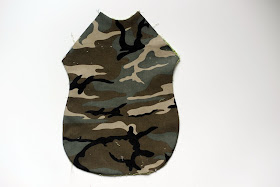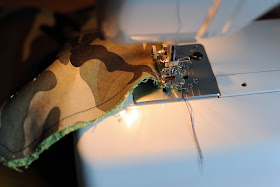Who knew that there is a pleasant way of getting feasted upon by an orca...
I think orcas are some of the most incredible sea creatures. Their artful, strategic cunning never fails to make my jaw drop in awe. They are like the rebels of the oceans, completely chromatophobic in their appearance. They would probably be fans of Nine Inch Nails. A few years ago I saw a mum orca and a bub orca exploring the harbour, very close to the rocky shore. I'd just gotten out of the sea where I was collecting mussels, and to my great amusement I watched a diver blast out of the water and dash for the shore in a cartoon-like manner. He had probably filled his wetsuit in fright at the sight of the grinning whales so close to him.
Zaika's first birthday was on the horizon, and I was trying to think of a theme for costume that I wouldn't mind wearing. I.e something black. At some point a light bulb [an energy efficient LED] went off in my head, and all the party planning puzzle pieces positioned themselves neatly into place.
Among the guest list of ornamented octopuses, owls, Optimus Prime and orange-clad octogenarians, we were a family getting devoured by a family of orcas. Delicious.
 |
| Meanwhile, not far from a seal colony... |
Firstly, a disclaimer that this undeniably genius costume idea wasn't 100% my own. I was inspired by
this knitted shark hat. I nearly hyperventilated with excitement when I came across it last year.
 |
| Inspiration: credit where credit is due |
Right, so time for the hat making process.
Mine was somewhat convoluted, i.e a typical design process. I started by doodling a bunch of orcas. This was followed by more doodling, this time stylised and scaled correctly for the hat. I used one of Zaika's well fitting beanies to guesstimate the size. Once the doodle satisfactorily addressed the balance between proportions, orca appearance and assumed fit, I traced the individual parts to pattern pieces.
 |
| 1:1 orca hat doodle |
Then I sewed a quick toille from some scrap polar fleece. It's not like I'd want to make anything wearable out of the camel coloured fabric. Offensively hued fabric scraps are great for mock-ups. I think I even have some baby blue polyester somewhere. *shudder*
 |
| Genetically aberrant albino orca |
The toille attempt was adequate, so after a few of tweaks I had the final pattern for Zaika's hat. I had to make two more patterns to fit the two adult heads, which meant going back to the doodling phase, although the repeated process was a lot more efficient.
 |
| Nemo's purpled himself with fright. He doesn't stand a chance. |
After the jump is step by step tutorial for the making of the orca hat:



















































